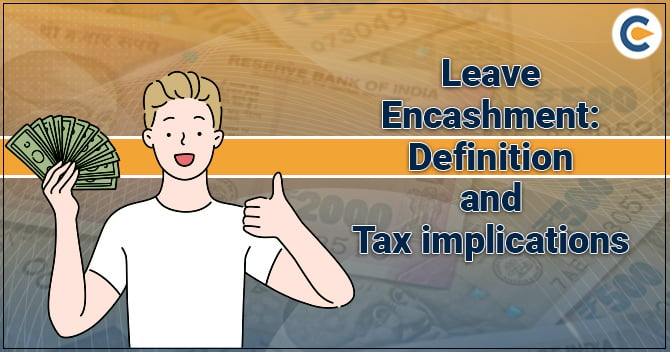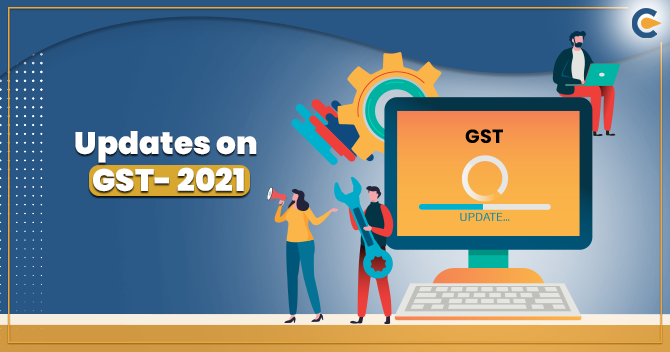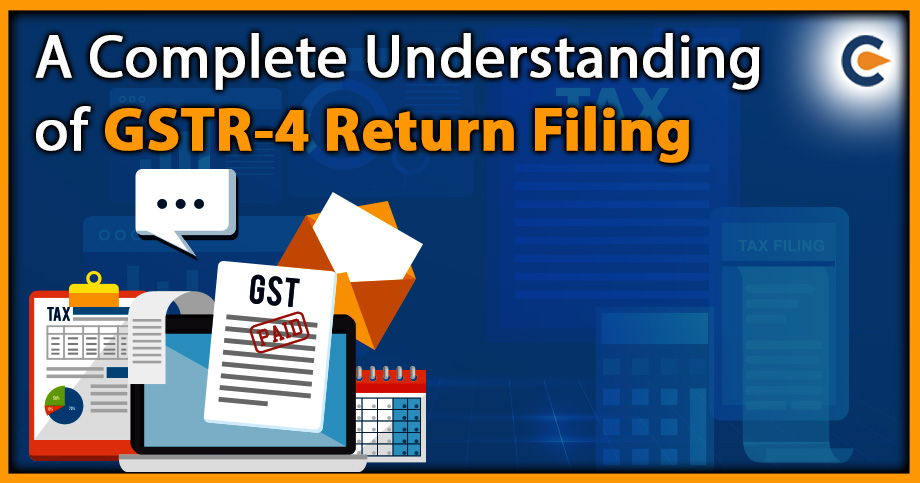The notion of leave encashment is common among taxpayers from the salaried class. Every salaried individual as per labor law has the right to have a minimum number of paid leave every year. However, the individual employee doesn’t necessarily need to utilize all the leave for a year. Factually, most companies enable the employees an alternative of carrying forward such unused paid leaves.
This would essentially leave the employee with accumulated unused leaves at the time of resignation or retirement from the organization as the case may be. The makes the employer compensate such leaves of the employees. This paradigm is broadly known as encashment of leave
Taxation of Leave Encashment
Leave encashment availed during the employment tenure
Accumulated or unused leaves either be encashed during the employment tenure or during the retirement or resignation. Any leave encashed during employment tenure is subjected to applicable taxes and forms part of ‘income from Salary’.
But, relaxation u/s 89 can be claimed.
Leave encashed at the time of resignation or retirement
Leave encashment received at the time of resignation or retirement is either partially or wholly exempt depending upon the category that an employee belongs to. This has been explained further below:
Leave encashment received by State or Central Gov. employee during the retirement or resignation is wholly exempt. It is available to the legal heirs of a deceased employee is wholly exempt.
It is received by an employee of a non-governmental entity is exempt based on the estimation cited u/s 10(10AA)(ii) & balance amount if any is taxable as ‘income from salary
Formulas for calculating leave encashment exemption of non-gov. employees
| Particulars | Amount |
| Leave encashment received (A) | XXXXX |
| Less: Exemption u/s 10(10AA) – (B) Least of the given: | XXXX |
| Amount as notified by the Government** Rs 3,00,000 (C) | 3,00,000 |
| Actual leave encashment amount (D) | XXXX |
| Average salary* of last 10 months (E) | XXXX |
| Salary/day * EL (considering max 30 days leave/year) for every year of completed service (F) | XXXX |
| Leave encashment taxable – (A) – (B) | XXXX |
Salary for this purpose entails basic salary, dearness allowance (DA) & commission based on fixed % of turnover earned by the employee. A specified amount of three lakh rupees is the total amount permitted as exemption regardless of the frequency of leave encashment secured by the employee by various employers.
If an employee has already used Rs 2, 00,000 at the time of the first resignation, he/she can only have access to the balance of Rs 1, 00,000 for the exemption estimation next time. Therefore, the overall employee is permitted exemption of Rs 3, 00,000 w.r.t leave encashed from all employers[1].
Illustration for understanding the applicability of tax exemption
Mr. Karan is retiring after 16 years of service. He was entitled to 35 days of paid leave per year from this company i.e. overall 560 days of leave during his employment tenure.
Out of the same Mr. Karan has used 210 days of paid leave and consequently left with 350 days of unused leave.
Mr. Karan was earning a basic salary + dearness allowance of Rs 35000/month at the time of retirement & earned Rs 408,331 as leave encashment based on the following formula:
(Basic Salary + Dearness Allowance) / 30] x No of EL Rs 35000/30days = Rs 1166.66 x 350 days
| Particulars | Amount (in Rs) |
| Leave encashment received | 408,331 [350 days * Rs 1,100.66) |
| Less : exempt | 2,75,000 |
|
Least of the given:
1. Amount as recommended by the
Government 2. Actual leave encashment 3. Average salary for 10 months – Rs 33,000 * 10 months 4. Rs 1,100 * (30 days * 15 completed year of service minus 200 days of utilised leave) |
3,00,000 3,76,750 3,30,000 2,75,000 |
| Leave encashment taxable as ‘income from salary’ | 1,01,750 |
Based on the leave encashment policy & individual’s income, tax planning can be made by deciding whether it is profitable to encash leave y-o-y or to secure lump-sum during retirement or resignation.
The employee must take inflation cost into account while deciding on the above.
Noteworthy Facts regarding the encashment of leave
- Encashment of leave in Central Govt Services shall be calculated in the following way:
(Basic Salary + Dearness Allowance) / 30] x No of EL (Maximum 300 days)
Note: Employee can take Half Pay Leave into account if there is any shortfall in earned leaves.
- The leave encashment of HPL for Central Government employees is calculated in the given manner:
(Half Pay Leave Salary + Dearness Allowance) / 30] x No of HPL
- Leave salary secured during the retirement is non-taxable in any respect of amount. Leave salary secured during the employment tenure is taxable.
- If you encash your leave during the employment tenure, then that amount is taxable without any exemption.
- Gov. Employees are not entitled to pay any tax on income coming via leave encashment at the time of resignation.
- The income secured by employees of the private sector as leave encashment after resignation or retirement is taxable as Income from Salary’. However, certain exemptions apply to such income. After allowing for such an exemption, the leftover sum shall be added to the regular income & taxed under income tax slabs.
- Private sector can avail exemption on income coming via leave encashment u/s Section 10(10AA
Conclusion
Simply put, the majority of companies permit their employees to carry forward their earned leaves for encashment at the time of retirement or resignation. Such encashment would attract certain taxes without any exemption.
Read our Article:Concurrent Levy of GST and Excise duty on Tobacco items is fair: Karnataka HC











